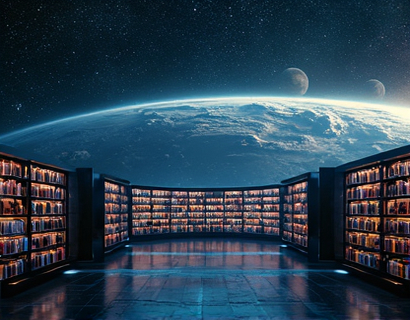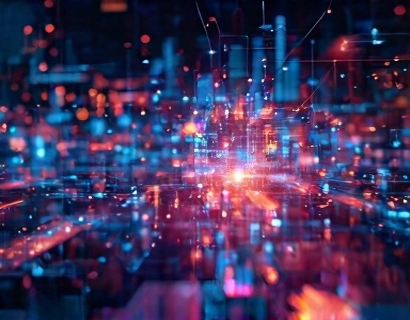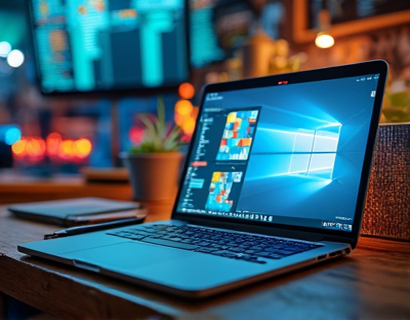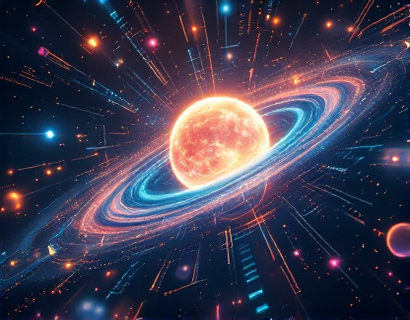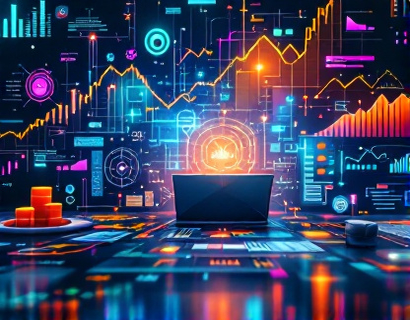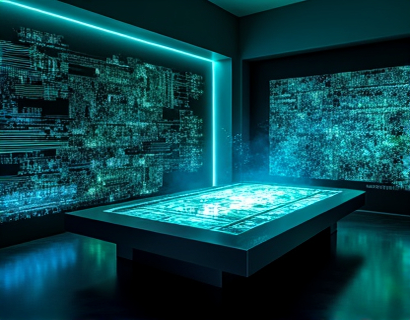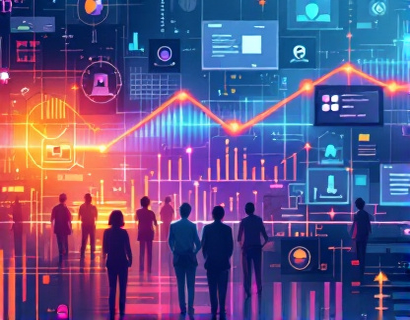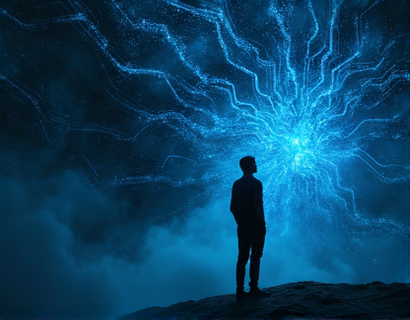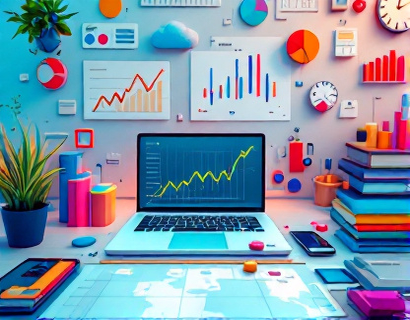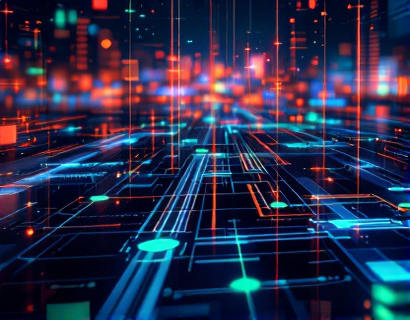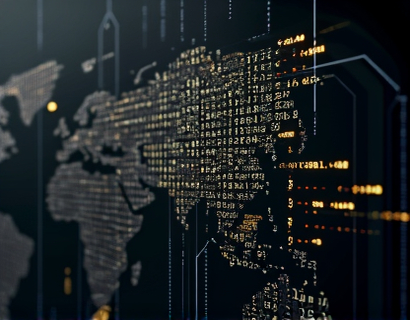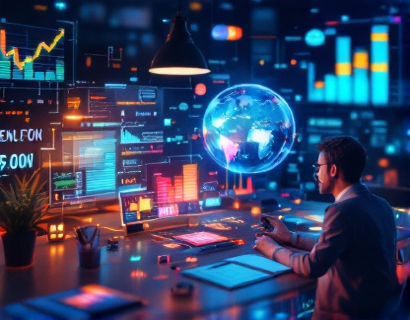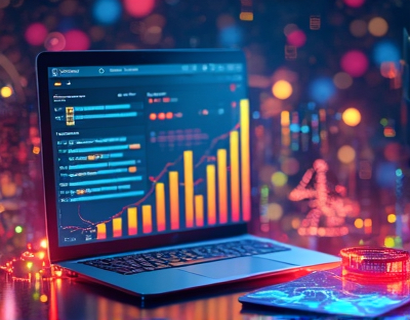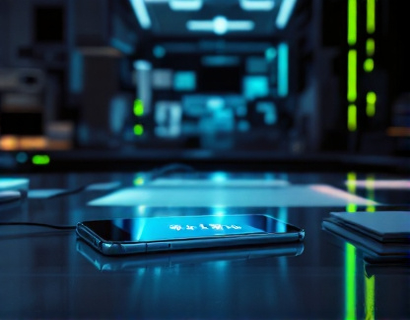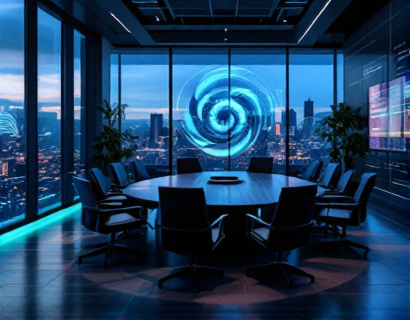Unlocking Egypt's Ancient Mysteries with AI-Driven Insights
The land of the pharaohs, Egypt, has long been a source of fascination for history buffs and cultural enthusiasts. With its ancient pyramids, intricate hieroglyphs, and rich mythology, Egypt offers a window into a civilization that thrived over 4,000 years ago. In recent years, the integration of AI technology has revolutionized our understanding of this ancient culture, providing unprecedented insights and a more immersive experience for those eager to explore its mysteries. This comprehensive guide delves into how AI-driven insights are unlocking the secrets of Egypt's past and enhancing the authentic artifact shopping experience.
AI in Archaeological Research
The application of AI in archaeological research has opened new avenues for understanding Egypt's ancient history. Machine learning algorithms can analyze vast amounts of data from archaeological sites, identifying patterns and connections that might go unnoticed by human researchers. For instance, AI has been used to analyze satellite imagery to detect previously unknown structures buried beneath the desert sands. This technology has led to the discovery of new tombs, temples, and settlements, expanding our knowledge of ancient Egyptian urban planning and social structures.
Moreover, AI-powered tools are aiding in the restoration and preservation of artifacts. By simulating the aging process and predicting the effects of environmental factors, AI helps conservators make informed decisions about the best methods to preserve these delicate pieces of history. This ensures that future generations can continue to study and admire the artifacts of ancient Egypt.
Deciphering Hieroglyphs
One of the most significant challenges in studying ancient Egypt has been the decipherment of hieroglyphs. AI has made substantial progress in this area, using deep learning models to recognize and translate hieroglyphic texts. These models are trained on vast datasets of known hieroglyphs and their translations, enabling them to accurately decode new inscriptions. This has not only accelerated the translation process but also made it more accessible to researchers and enthusiasts worldwide.
For example, AI has been instrumental in translating texts from the famous Rosetta Stone, which was crucial in understanding the Egyptian language. The technology continues to improve, allowing for the translation of more complex and context-dependent texts. This breakthrough has provided deeper insights into the daily life, religious beliefs, and political structures of ancient Egypt, enriching our overall understanding of this civilization.
Virtual Tours and 3D Modeling
AI-driven virtual tours and 3D modeling have transformed the way people experience ancient Egypt. High-resolution scans and photogrammetry techniques create detailed 3D models of archaeological sites, allowing users to explore these ancient landscapes from the comfort of their homes. Virtual reality (VR) technology, powered by AI, takes this a step further, immersing users in a realistic environment that mimics the sights and sounds of ancient Egypt.
These virtual experiences are not only educational but also accessible, breaking down geographical barriers and making the wonders of Egypt available to a global audience. Students, researchers, and casual visitors can now walk through the Great Pyramid of Giza, explore the temples of Luxor, and even interact with virtual recreations of artifacts, all with precise historical accuracy.
Enhancing Authentic Artifact Shopping
The intersection of AI and the artifact market has led to a more authentic and responsible shopping experience. Online platforms and e-commerce stores specializing in Egyptian artifacts use AI to authenticate items, ensuring that what is sold is genuinely ancient and ethically sourced. This technology analyzes the material composition, craftsmanship, and historical context of each item, providing buyers with detailed reports and certificates of authenticity.
AI algorithms can also match buyers with artifacts that align with their specific interests and collections. By analyzing user preferences and purchase history, these platforms offer personalized recommendations, enhancing the shopping experience and ensuring that each item finds a home with a passionate and knowledgeable owner.
Ethical Considerations
The use of AI in the artifact market raises important ethical considerations. It is crucial to ensure that the technology does not facilitate the illegal trade of artifacts, which has been a persistent issue in the antiquities market. Reputable platforms implement strict verification processes and collaborate with museums and archaeological institutions to promote ethical collecting practices. This not only protects the cultural heritage of Egypt but also builds trust among collectors and enthusiasts.
Personalized Learning Experiences
AI-driven platforms can tailor educational content to individual learners, making the study of ancient Egypt more engaging and effective. Adaptive learning systems adjust the difficulty and type of content based on the user's progress and interests. For instance, a beginner might start with interactive tutorials on basic hieroglyphs and ancient Egyptian gods, while an advanced learner could delve into scholarly articles and research papers on specific historical periods or archaeological findings.
These platforms often include gamification elements, such as quizzes, puzzles, and virtual scavenger hunts, to keep users engaged and motivated. By making learning fun and interactive, AI ensures that the rich history of Egypt remains accessible and appealing to a wide audience.
Community and Collaboration
AI has also facilitated a global community of Egypt enthusiasts, fostering collaboration and knowledge sharing. Online forums, social media groups, and virtual conferences bring together experts, hobbyists, and students from around the world. AI-powered translation tools break down language barriers, enabling seamless communication and collaboration across cultures.
These communities often organize virtual excavations, where members can participate in real-time archaeological projects, contributing to ongoing research and discoveries. This collaborative approach not only enhances individual knowledge but also contributes to the collective understanding of ancient Egypt.
Future Prospects
The future of AI in the study and appreciation of ancient Egypt is promising. As technology advances, we can expect even more sophisticated tools and applications. For example, AI-driven predictive analytics could help archaeologists prioritize excavation sites based on the likelihood of significant discoveries. Additionally, advancements in AI-generated content could lead to more lifelike virtual reconstructions of ancient cities and monuments, providing an even more immersive experience for users.
The integration of AI with other emerging technologies, such as augmented reality (AR) and the Internet of Things (IoT), will further enhance the way we interact with and learn about ancient Egypt. Imagine wearing AR glasses that overlay historical information onto real-world sights, or using IoT sensors to monitor the condition of artifacts in real-time, ensuring their preservation for generations to come.
In conclusion, AI-driven insights are revolutionizing our understanding of ancient Egypt, making this rich history more accessible and engaging for everyone. From archaeological research to authentic artifact shopping, AI is bridging the gap between the past and the present, allowing us to appreciate and learn from one of the world's most fascinating civilizations.





